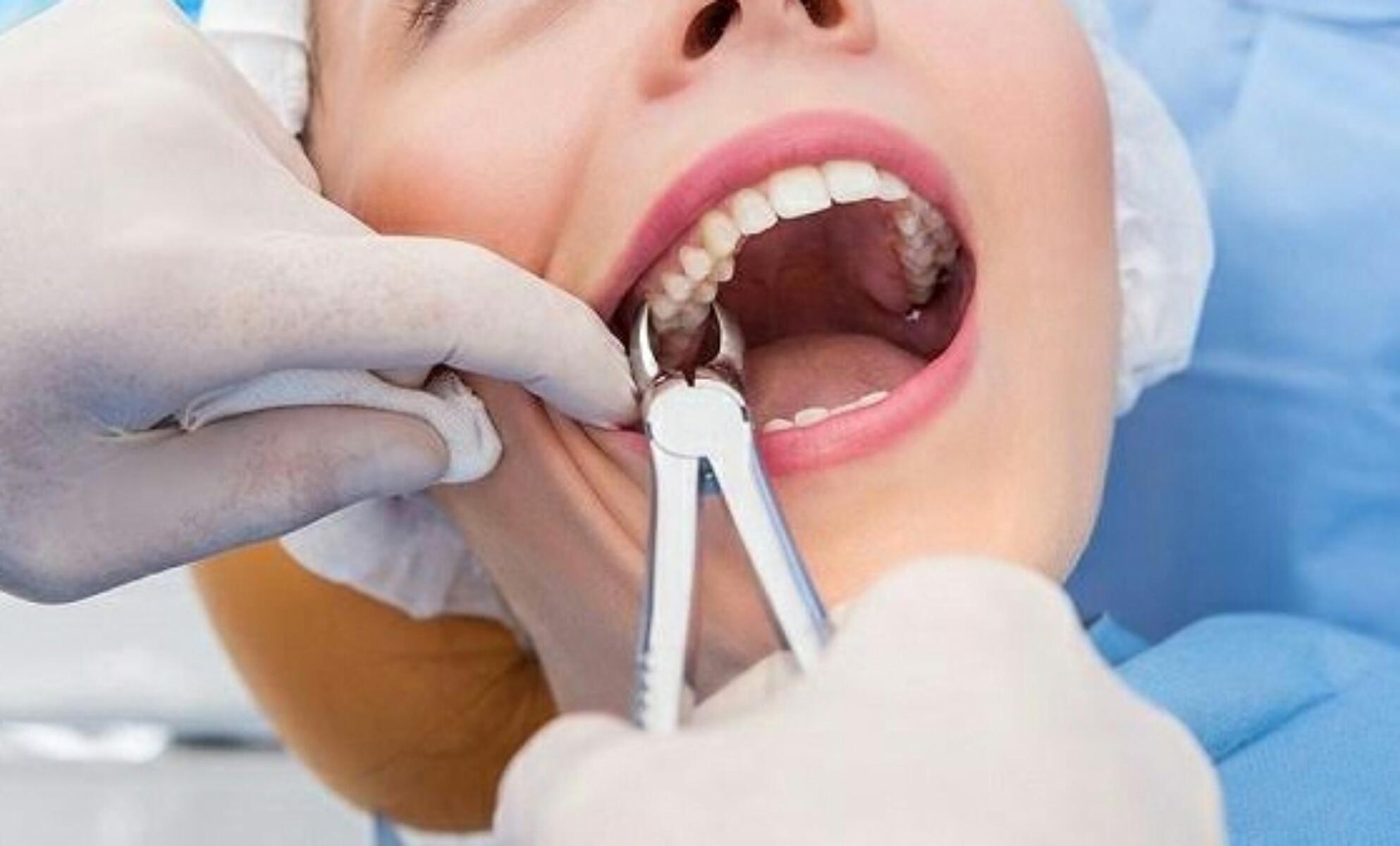Explore the World's Best Ideas
Join today and uncover 100+ curated journeys from 50+ topics. Unlock access to our mobile app with extensive features.
A little wisdom on wisdom teeth
Wisdom teeth are more formally known to dentists as third molars , These teeth were named as wisdom teeth as they make their appearance usually between 17 and 25 yrs of age, when a young person might be pursuing wisdom with higher education
The third molars have the nasty habit of becoming impacted at a funny angle or in an unexpected location. With all the history of painful extraction, you probably won't miss your wisdom teeth once they're gone, because we don't use them anymore. But if we don't need them, why do these teeth come in at all? Is it possible they may eventually disappear?
9
353 reads
Three reasons why wisdom teeth need to go-
1) impaction - coming in at a funny angle or in an unexpected location. This poor positioning can cause pain and infection and would require extraction
2) Difficult to clean- As a result, can decay and infect nearby teeth and require extraction again;
3) Crowding adjacent teeth- undoing years of straight alignments created by braces.
For these reasons, dentists usually recommend removing wisdom teeth in young adults, before the teeth complicate treatments and extraction.
8
111 reads
Evolution of third molar
There was a time when our jaws could comfortably accommodate all 32 teeth, including the third molars. About 100 million years ago, Early man's jaws were larger and accommodated all teeth and played a vital role in survival with it being their means of catching, dismembering and consuming prey. Our ancestors subsisted on a tough and chewy diet of leaves, roots and raw meat. Third molars might also have played an important backup role when Front teeth were lost or worn down. With advent of cooked and processed food, we definitely decreased our reliance upon the third molar.
8
88 reads
Wisdom teeth will become obsolete?
Opponents of evolution place greater weight on the dietary shift and dental hygiene in lessening our reliance on wisdom teeth, discounting the role of our evolving jaws and brains.
But when you line up a prehistoric jaw and a modern jaw, the space is clearly smaller. Can evolution explain the shift? And if our evolutionary history has lessened the need for wisdom teeth and created conditions inhospitable to third molars, will we ever lose them completely?
Wisdom teeth don't appear in about 35 percent of the population. Are we on an evolutionary track to losing them altogether?
8
65 reads
What do you reckon ?
Some experts say it's possible these teeth will eventually disappear. Still, there are a few unknowns in the equation. Third molars develop entirely after birth, the only teeth to do so. Because these teeth aren't present at birth, it may be harder for nature to select against them.For wisdom teeth to form, the tissue that starts the process of tooth building has to migrate back in the mouth to interact with the back jaw tissue. If this migration doesn't happen, then no tooth will grow there.
Again, If people reach a point where they don't use a trait, they may lose it.
8
77 reads
IDEAS CURATED BY
An Oral medicine And Oral Radiology specialist Working for a better tomorrow.
Dr. Meghna Gohain's ideas are part of this journey:
Learn more about health with this collection
How to overcome fear of rejection
How to embrace vulnerability
Why vulnerability is important for personal growth
Related collections
Similar ideas
2 ideas
Cheek Dimples: How They Form, and How to Get Them
healthline.com
1 idea
Dog Owner's Guide: Canine Teeth
canismajor.com
11 ideas
11 Dental Myths and Misconceptions | 209 NYC Dental
209nycdental.com
Read & Learn
20x Faster
without
deepstash
with
deepstash
with
deepstash
Personalized microlearning
—
100+ Learning Journeys
—
Access to 200,000+ ideas
—
Access to the mobile app
—
Unlimited idea saving
—
—
Unlimited history
—
—
Unlimited listening to ideas
—
—
Downloading & offline access
—
—
Supercharge your mind with one idea per day
Enter your email and spend 1 minute every day to learn something new.
I agree to receive email updates





